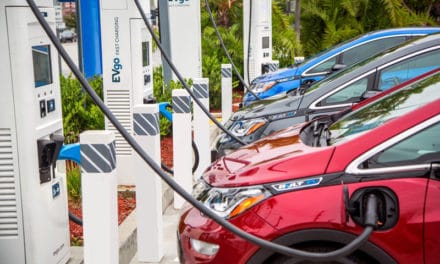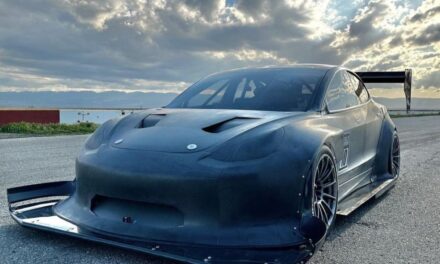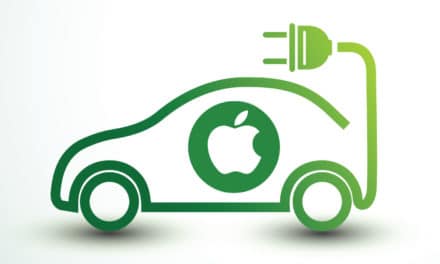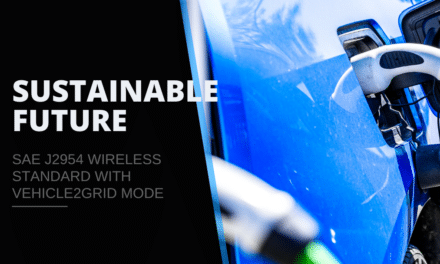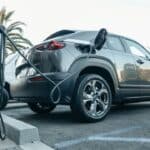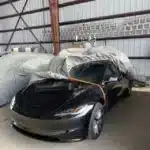If you’re purchasing a new electric vehicle, you may wonder what happens if you run out of power. The unfortunate truth is that it’s not as easy to just hop in the car and drive until you find a charging station as you can with a gasoline-powered car. So, what exactly happens when an EV runs out of power and how can you ensure that you avoid this issue from happening to your EV?
What Happens When Your EV Runs Out Of Power?
The first thing you should know is that it’s very unlikely for an EV to completely lose all of its power. Most EVs have what’s called advanced battery management systems. This will prevent the battery from being completely drained. However, if the battery does run completely out of power, there are a few things that can happen.
- The first is that the EV will stop working. This is because EVs rely on battery power to run all of their systems. This includes the brakes, lights, and steering. If the battery is completely drained, the EV will not function properly.
- The second thing that can happen is that the EV will become immobile. This is because EVs rely on electric motors to move. These motors will not work without power from the battery. As a result, if you lose power while driving, your EV will come to a stop.
- The final thing that can happen is that the EV will become stranded. Once an EV loses power, it needs a jump start from another power source. If you’re stranded in an area with no power sources, you’ll need to wait for a tow truck to come and start your EV for you before you can continue on your journey.
How to Avoid Running Out of Power
Now that you know what can happen if you run out of power in your EV let’s talk about how to avoid it. The best way to avoid running out of power is to make sure you’re always charging your EV when it’s not in use. Most EVs come with standard 110-volt chargers that plug into any household outlet, so finding a place to charge your EV should never be a problem.
You can also upgrade to a faster charger for even quicker charging times. Some public places, like grocery stores and parking garages, also have chargers available for use. And finally, many employers are now offering workplace charging as a perk for employees who drive EVs.
If you do find yourself running low on power, don’t panic! There are now apps available that can help you locate the nearest charger. This makes it easy to get your EV back up and running in no time. With a little planning and preparation, you can make sure you never have to worry about being stranded with a dead battery again.
Conclusion
Electric vehicles are becoming increasingly popular, but there’s still a lot of confusion about how they work. If you’re considering making the switch to an EV or already own one, it’s important to understand what happens if your vehicle runs out of power. While it’s unlikely that your battery will ever completely die, it’s still possible. Follow the tips above to ensure it doesn’t happen to you!


